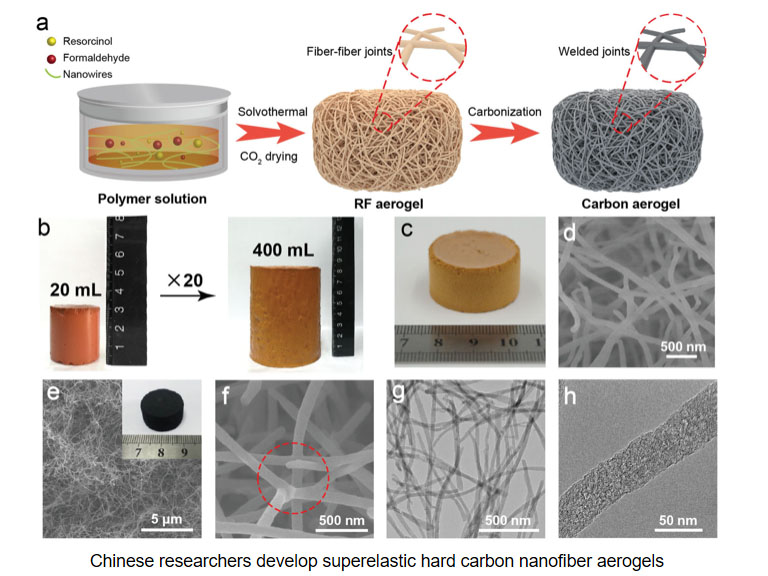
-
 Afrikaans
Afrikaans -
 Albanian
Albanian -
 Amharic
Amharic -
 Arabic
Arabic -
 Armenian
Armenian -
 Azerbaijani
Azerbaijani -
 Basque
Basque -
 Belarusian
Belarusian -
 Bengali
Bengali -
 Bosnian
Bosnian -
 Bulgarian
Bulgarian -
 Catalan
Catalan -
 Cebuano
Cebuano -
 China
China -
 China (Taiwan)
China (Taiwan) -
 Corsican
Corsican -
 Croatian
Croatian -
 Czech
Czech -
 Danish
Danish -
 Dutch
Dutch -
 English
English -
 Esperanto
Esperanto -
 Estonian
Estonian -
 Finnish
Finnish -
 French
French -
 Frisian
Frisian -
 Galician
Galician -
 Georgian
Georgian -
 German
German -
 Greek
Greek -
 Gujarati
Gujarati -
 Haitian Creole
Haitian Creole -
 hausa
hausa -
 hawaiian
hawaiian -
 Hebrew
Hebrew -
 Hindi
Hindi -
 Miao
Miao -
 Hungarian
Hungarian -
 Icelandic
Icelandic -
 igbo
igbo -
 Indonesian
Indonesian -
 irish
irish -
 Italian
Italian -
 Japanese
Japanese -
 Javanese
Javanese -
 Kannada
Kannada -
 kazakh
kazakh -
 Khmer
Khmer -
 Rwandese
Rwandese -
 Korean
Korean -
 Kurdish
Kurdish -
 Kyrgyz
Kyrgyz -
 Lao
Lao -
 Latin
Latin -
 Latvian
Latvian -
 Lithuanian
Lithuanian -
 Luxembourgish
Luxembourgish -
 Macedonian
Macedonian -
 Malgashi
Malgashi -
 Malay
Malay -
 Malayalam
Malayalam -
 Maltese
Maltese -
 Maori
Maori -
 Marathi
Marathi -
 Mongolian
Mongolian -
 Myanmar
Myanmar -
 Nepali
Nepali -
 Norwegian
Norwegian -
 Norwegian
Norwegian -
 Occitan
Occitan -
 Pashto
Pashto -
 Persian
Persian -
 Polish
Polish -
 Portuguese
Portuguese -
 Punjabi
Punjabi -
 Romanian
Romanian -
 Russian
Russian -
 Samoan
Samoan -
 Scottish Gaelic
Scottish Gaelic -
 Serbian
Serbian -
 Sesotho
Sesotho -
 Shona
Shona -
 Sindhi
Sindhi -
 Sinhala
Sinhala -
 Slovak
Slovak -
 Slovenian
Slovenian -
 Somali
Somali -
 Spanish
Spanish -
 Sundanese
Sundanese -
 Swahili
Swahili -
 Swedish
Swedish -
 Tagalog
Tagalog -
 Tajik
Tajik -
 Tamil
Tamil -
 Tatar
Tatar -
 Telugu
Telugu -
 Thai
Thai -
 Turkish
Turkish -
 Turkmen
Turkmen -
 Ukrainian
Ukrainian -
 Urdu
Urdu -
 Uighur
Uighur -
 Uzbek
Uzbek -
 Vietnamese
Vietnamese -
 Welsh
Welsh -
 Bantu
Bantu -
 Yiddish
Yiddish -
 Yoruba
Yoruba -
 Zulu
Zulu
Anchoring Techniques for Drilling Rods and Bits in Geotechnical Applications
Understanding Anchoring Drilling Rods and Bits
Anchoring drilling rods and bits play a crucial role in various geological and construction applications. These components are essential for drilling operations aimed at anchoring structures, extracting minerals, or investigating subsurface conditions. Understanding their design, functionality, and applications can provide insights into their importance in the drilling industry.
What are Anchoring Drilling Rods?
Anchoring drilling rods, also known as drill rods or drilling pipes, are long cylindrical tools used to transmit torque and drilling fluid between the surface and the drill bit. These rods are typically made from high-strength steel, which ensures durability and resistance to wear and tear during the drilling process. They come in various lengths and diameters, allowing for flexibility in different drilling scenarios.
The primary purpose of anchoring drilling rods is to create a stable connection between the drill bit and the surface rig. This connection enables the drill bit to penetrate the ground effectively while transferring the necessary torque and hydraulic pressure for efficient drilling operations. Anchoring systems often utilize multiple rods connected end-to-end to reach greater depths, especially in challenging geological formations.
The Role of Drill Bits
Drill bits are the cutting tools attached to the end of anchoring drilling rods. Their design, shape, and material significantly influence drilling performance, making them a critical component of the drilling process. There are various types of drill bits, including
1. Tricone Bits These consist of three rotating cones that effectively crush and drill through hard rock formations. They are widely used in oil and gas drilling applications. 2. Diamond Bits Equipped with synthetic diamond particles, these bits offer excellent cutting efficiency and are effective in drilling through very hard materials such as granite or concrete.
3. PDC Bits (Polycrystalline Diamond Compact) These bits are known for their durability and efficient cutting capabilities, making them suitable for a variety of geological conditions.
Choosing the right drill bit depends on the specific drilling project, the type of material being drilled, and the desired depth and precision.
anchoring drilling rod and bits

Applications of Anchoring Drilling Rods and Bits
The applications of anchoring drilling rods and bits are extensive and diverse
- Construction In construction, drilling rods and bits are used to create anchor points for buildings, securing structures against natural forces such as wind or earthquakes.
- Mining In the mining industry, these tools facilitate the extraction of minerals by drilling holes into the earth, allowing for the collection of samples and the evaluation of mineral deposits.
- Geotechnical Investigations Engineers utilize drilling rods and bits to sample soil and rock layers, providing essential data for designing foundations and assessing site suitability for construction.
- Environmental Studies Environmental engineers conduct drilling to assess contamination levels in soil and groundwater, executing remediation projects based on their findings.
Enhancements and Innovations
Recent innovations in drilling technology have led to the development of more advanced anchoring drilling rods and bits. These innovations focus on improving efficiency, durability, and the ability to drill through increasingly challenging materials. For instance, advancements in materials science have produced rods that are lighter yet stronger, making them easier to handle while increasing their lifespan. Additionally, innovative bit designs improve cutting efficiency, reducing the time and cost of drilling projects.
Conclusion
Anchoring drilling rods and bits are fundamental components of modern drilling operations. Their design and functionality directly impact the efficiency and success of drilling projects in various industries. As technology continues to evolve, these tools are becoming even more effective, paving the way for advancements in construction, mining, and geotechnical engineering. Understanding their roles not only enhances operational efficiency but also underscores the importance of these tools in our built environment and resource management.









